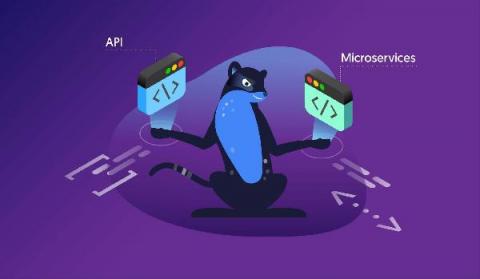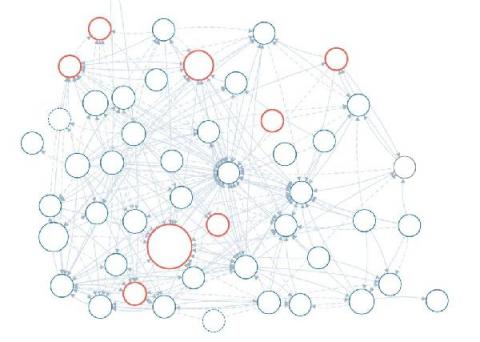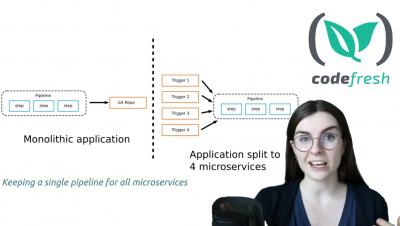What Are Microservice Architectures?
In this article, we are going to look at Microservice architectures, their benefits, what makes them different from traditional monolithic architectures, and how to go about setting up monitoring and alerting for them. MetricFire is a Hosted Graphite, Grafana, and Prometheus service, where we help you set up and manage these open-source tools. If you would like to follow the steps in this blog, make sure to sign up for MetricFire's free trial and even book a demo session.











